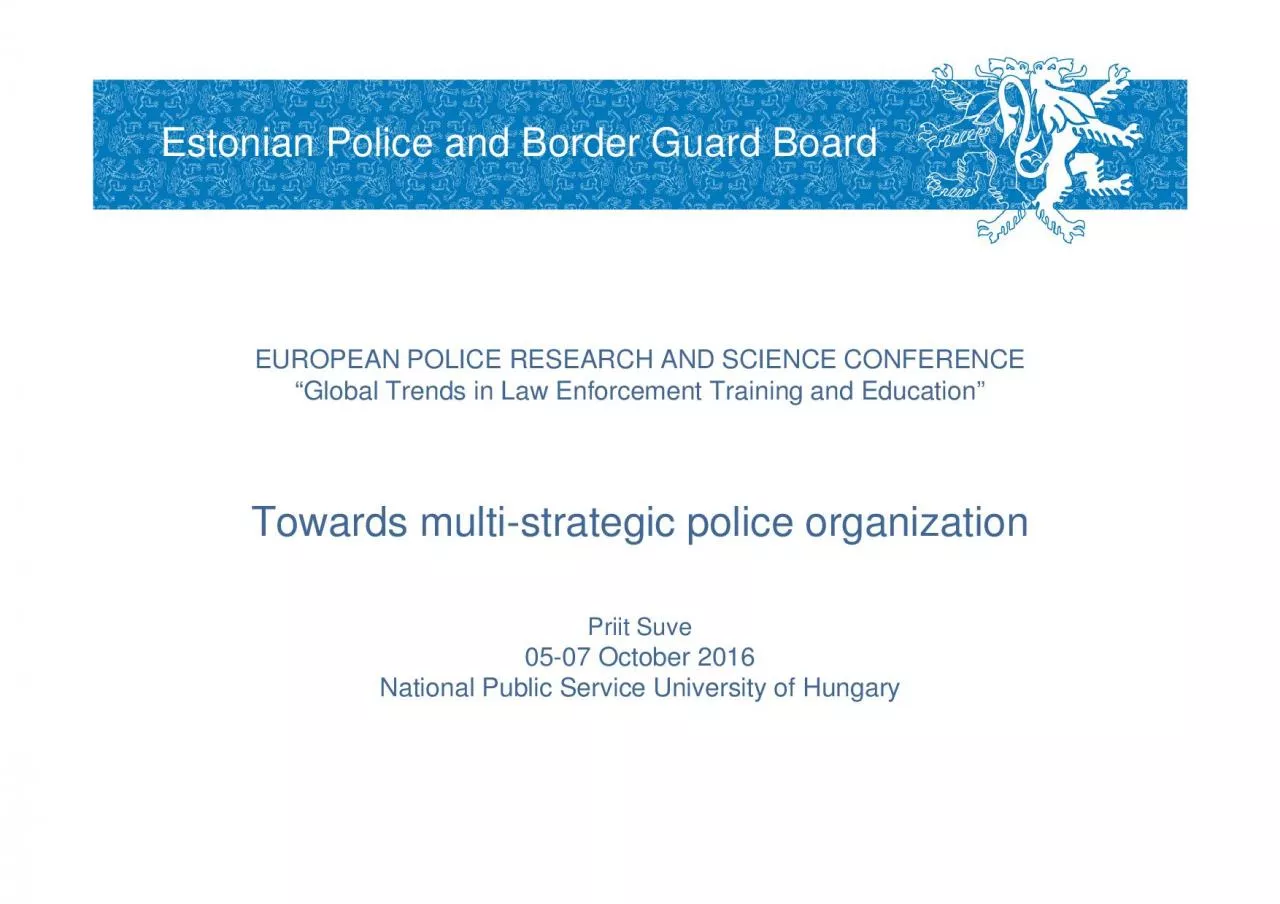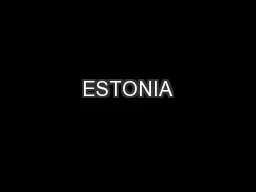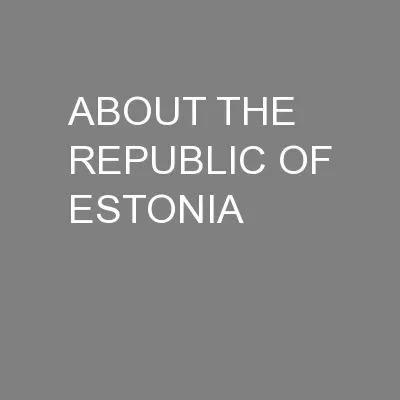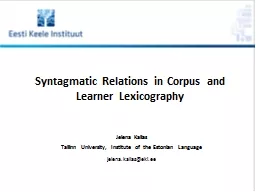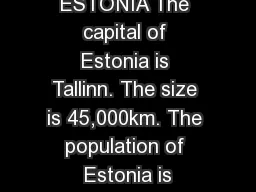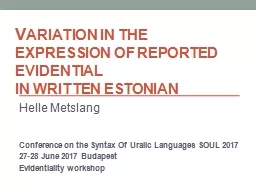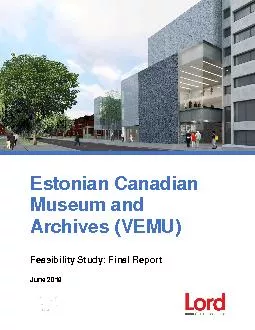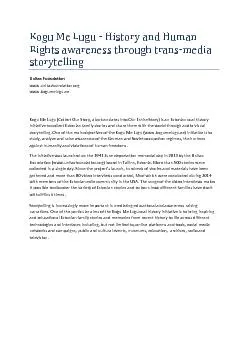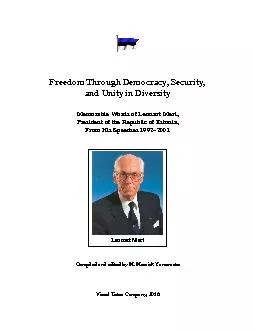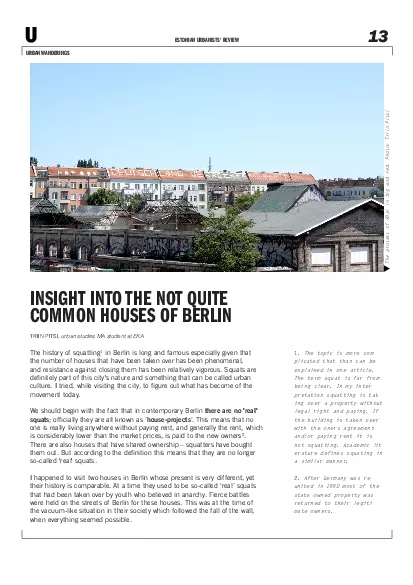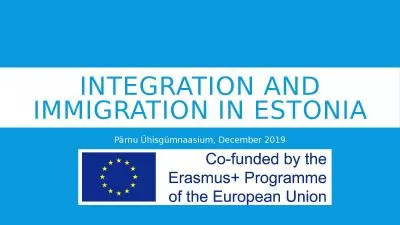PDF-Estonian Police and Border Guard Board
Author : harper | Published Date : 2021-08-08
Towards multistrategic police organizationEUROPEAN POLICE RESEARCH AND SCIENCE CONFERENCE Global Trends in Law Enforcement Training and EducationPriit Suve0507 October
Presentation Embed Code
Download Presentation
Download Presentation The PPT/PDF document "Estonian Police and Border Guard Board" is the property of its rightful owner. Permission is granted to download and print the materials on this website for personal, non-commercial use only, and to display it on your personal computer provided you do not modify the materials and that you retain all copyright notices contained in the materials. By downloading content from our website, you accept the terms of this agreement.
Estonian Police and Border Guard Board: Transcript
Download Rules Of Document
"Estonian Police and Border Guard Board"The content belongs to its owner. You may download and print it for personal use, without modification, and keep all copyright notices. By downloading, you agree to these terms.
Related Documents

